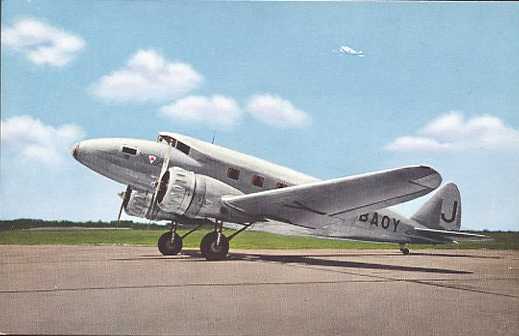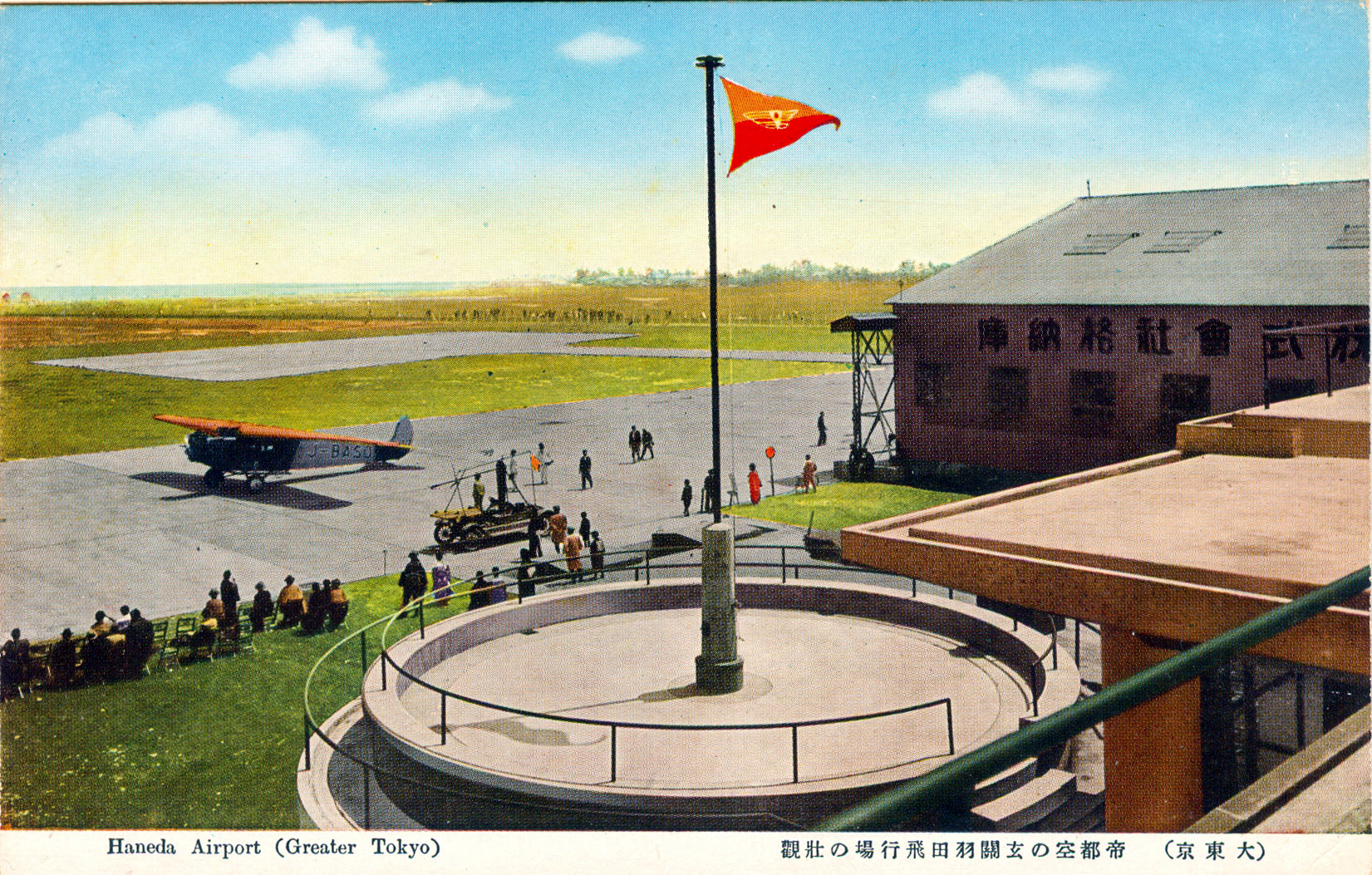Japan Air Transport on:
[Wikipedia]
[Google]
[Amazon]
 was the
was the
 This role declined as military transport missions in
This role declined as military transport missions in
 *
*
Early Japanese Civil Aviation
at Century of Flight
20th Century Timetable Museum
JCAL {{Airlines of Japan Defunct airlines of Japan Empire of Japan Airlines established in 1928 Airlines disestablished in 1938 Japanese companies established in 1928 1938 disestablishments in Japan
 was the
was the national airline
A flag carrier is a transport company, such as an airline or shipping company, that, being locally registered in a given sovereign state, enjoys preferential rights or privileges accorded by the government for international operations.
His ...
of the Empire of Japan
The also known as the Japanese Empire or Imperial Japan, was a historical nation-state and great power that existed from the Meiji Restoration in 1868 until the enactment of the post-World War II 1947 constitution and subsequent form ...
from 1928 to 1938.
History
Commercial aviation
Commercial aviation is the part of civil aviation that involves operating aircraft for remuneration or hire, as opposed to private aviation.
Definition
Commercial aviation is not a rigorously defined category. All commercial air transport and ...
began in Japan with the privately held Japan Air Transport Institute, which pioneered passenger service between Sakai, Osaka
is a city located in Osaka Prefecture, Japan. It has been one of the largest and most important seaports of Japan since the medieval era. Sakai is known for its keyhole-shaped burial mounds, or kofun, which date from the fifth century and inclu ...
and Tokushima
is a prefecture of Japan located on the island of Shikoku. Tokushima Prefecture has a population of 728,633 (1 October 2019) and has a geographic area of 4,146 km2 (1,601 sq mi). Tokushima Prefecture borders Kagawa Prefecture to the nort ...
on Shikoku
is the smallest of the four main islands of Japan. It is long and between wide. It has a population of 3.8 million (, 3.1%). It is south of Honshu and northeast of Kyushu. Shikoku's ancient names include ''Iyo-no-futana-shima'' (), '' ...
island on 12 November 1922. Tae Hoon Oum and Chunyan Yu, ''Shaping Air Transport in Asia Pacific'' (Taylor & Francis, 2019)
On 30 October 1928, the Japanese government established the Japan Air Transport Corporation (JAT) as the national flag carrier under the Ministry of Communications. JAT absorbed the Japan Air Transport Institute and two other small companies and began scheduled passenger services in 1929. It initially used the Imperial Japanese Army
The was the official ground-based armed force of the Empire of Japan from 1868 to 1945. It was controlled by the Imperial Japanese Army General Staff Office and the Ministry of the Army, both of which were nominally subordinate to the Emper ...
air base at Tachikawa
250px, Showa Memorial Park
is a city located in the western portion of Tokyo Metropolis, Japan. , the city had an estimated population of 184,383 in 93,428 households, and a population density of 7600 persons per km2. The total area of the ci ...
as its terminal in Tokyo
Tokyo (; ja, 東京, , ), officially the Tokyo Metropolis ( ja, 東京都, label=none, ), is the capital and largest city of Japan. Formerly known as Edo, its metropolitan area () is the most populous in the world, with an estimated 37.46 ...
. JAT later moved to Haneda Airport
, officially , and sometimes called as Tokyo Haneda Airport or Haneda International Airport , is one of two international airports serving the Greater Tokyo Area, the other one being Narita International Airport (NRT). It serves as the primary ...
, which was completed in August 1931.
JAT was heavily subsidized by the Japanese government, receiving the equivalent of $1 billion in today's currency prior to the attack on Pearl Harbor
The attack on Pearl HarborAlso known as the Battle of Pearl Harbor was a surprise military strike by the Imperial Japanese Navy Air Service upon the United States against the naval base at Pearl Harbor in Honolulu, Territory of Hawaii ...
. During the early 1930s, its aircraft were often chartered (for free) by the military for missions in Asia, especially during the 1931 invasion of Manchuria.
 This role declined as military transport missions in
This role declined as military transport missions in China
China, officially the People's Republic of China (PRC), is a country in East Asia. It is the world's List of countries and dependencies by population, most populous country, with a Population of China, population exceeding 1.4 billion, slig ...
were taken over by three new carriers that JAT helped to establish: Manchukuo National Airways
Manchuria Aviation Company(traditional Chinese/Kyūjitai: 滿洲航空株式會社; simplified Chinese: 满州航空株式会社; Shinjitai: 満州航空株式会社; Japanese Hepburn: ''Manshū Kōkū Kabushiki-gaisha, "MKKK"'')
was the nation ...
in 1932, Huitong Airways in 1936 and China Airways in 1938. These subsidiary companies were joint venture
A joint venture (JV) is a business entity created by two or more parties, generally characterized by shared ownership, shared returns and risks, and shared governance. Companies typically pursue joint ventures for one of four reasons: to acces ...
s between JAT and the puppet governments of Manchukuo
Manchukuo, officially the State of Manchuria prior to 1934 and the Empire of (Great) Manchuria after 1934, was a puppet state of the Empire of Japan in Manchuria from 1932 until 1945. It was founded as a republic in 1932 after the Japanese ...
and the Provisional Government of the Republic of China.
JAT shifted its focus to the civilian passenger market and began using new 14-passenger Douglas DC-2
The Douglas DC-2 is a 14-passenger, twin-engined airliner that was produced by the American company Douglas Aircraft Company starting in 1934. It competed with the Boeing 247. In 1935, Douglas produced a larger version called the DC-3, which ...
s on new, more commercially profitable routes between Japan and Manchukuo in 1936. With the start of the Second Sino-Japanese War
The Second Sino-Japanese War (1937–1945) or War of Resistance (Chinese term) was a military conflict that was primarily waged between the Republic of China and the Empire of Japan. The war made up the Chinese theater of the wider Pacific T ...
in 1937, JAT benefited from a resurgence in military passenger traffic.
In 1938, JAT carried nearly 70,000 passengers, representing 2.6 percent of the world's passenger traffic.
In December 1938, the government established a new airline, Imperial Japanese Airways, as a monopoly for all civil aviation and Japan Air Transport Corporation was merged into the new company.
Aircraft
 *
*Fokker Trimotor
The Fokker F.VII, also known as the Fokker Trimotor, was an airliner produced in the 1920s by the Dutch aircraft manufacturer Fokker, Fokker's American subsidiary Atlantic Aircraft Corporation, and other companies under licence.
Design and dev ...
(1929-1938)
*Fokker Super Universal
]
The Fokker Super Universal was an airliner produced in the United States in the late 1920s, an enlarged and improved version of the Fokker Universal, fitted with cantilever wings and an enclosed cockpit. It was subsequently also manufactured und ...
* Nakajima Ki-6, Nakajima Super Universal (1929-1938)
*Douglas DC-2
The Douglas DC-2 is a 14-passenger, twin-engined airliner that was produced by the American company Douglas Aircraft Company starting in 1934. It competed with the Boeing 247. In 1935, Douglas produced a larger version called the DC-3, which ...
(1936-1938)
* Nakajima AT-2 (1937-1938)
Accidents and incidents
;24 August 1938: Nakajima Super Universal (J-BJDO) collided in mid-air with a Mitsubishi Ki-1 (J-BIDH) over Omori, Tokyo, killing all five on board both aircraft and 55 on the ground.References
* *External links
Early Japanese Civil Aviation
at Century of Flight
20th Century Timetable Museum
JCAL {{Airlines of Japan Defunct airlines of Japan Empire of Japan Airlines established in 1928 Airlines disestablished in 1938 Japanese companies established in 1928 1938 disestablishments in Japan